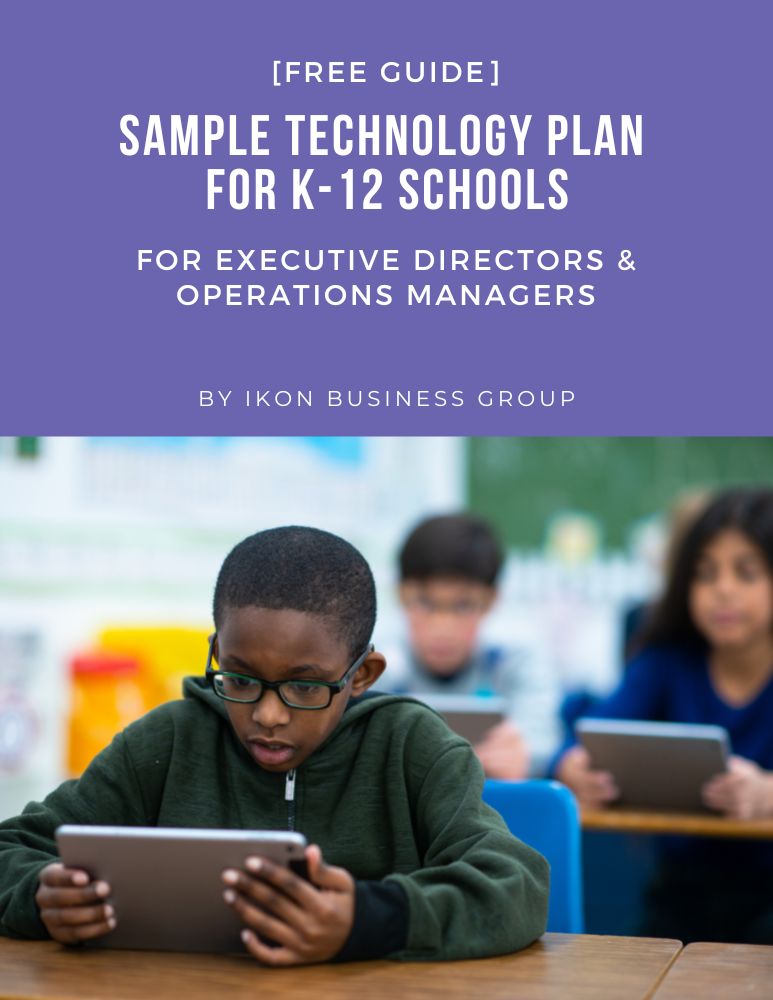How Schools Can Protect Student Data through Proactive Strategies and Community Collaboration
Data breaches in the education sector are becoming an all-too-common headline. Over the past few years, we’ve seen incidents involving well-known vendors like Illuminate Education, New York Therapy, Raptor Technologies, and PowerSchool—all of which revealed vulnerabilities in the way student and teacher information is handled. These breaches underscore the urgent need for robust data protection strategies in schools, as well as effective communication and collaboration during crisis response.
In this post, we’ll break down the lessons learned from these breaches, highlight two critical yet often overlooked mitigation strategies, and explore how collaboration plays a vital role in protecting student information.
Recent EdTech Breaches: A Quick Overview
- Illuminate Education Breach (December 2021): Affected schools on a statewide basis, exposing sensitive student data.
- New York Therapy Phishing Incident (November–December 2023): Stemmed from an employee falling victim to a phishing attack, reminding us how quickly human error can compromise private information.
- Raptor Technologies Vulnerability (November–December 2023): A researcher discovered unprotected data storage repositories in the cloud, leaving student information accessible.
- PowerSchool Breach (December 2024): Threat actors exfiltrated data from both student and teacher databases, impacting over 300 schools in New York and thousands more worldwide.
Each of these breaches offers critical lessons on data security, vendor oversight, and proactive risk mitigation. Two strategies—Data Destruction and Data Minimization—have proven especially powerful in reducing the scope and severity of data exposures.
Strategy 1: Data Destruction – Why ‘Out of Sight’ Should Mean ‘Out of Database’
What Is Data Destruction?
Data destruction involves securely deleting school records that are no longer needed, particularly when a contract with a vendor expires. In many of the recent breaches, former customers were affected because legacy data was not wiped from vendor systems.
Key Takeaways
- Include Data-Deletion Requirements in Contracts: Every educational agency’s contract (or Data Privacy Agreement, DPA) should mandate that vendors securely destroy data when the relationship ends.
- Get a Notarized Certificate: Request a certificate of secure deletion, notarized and signed under penalty of perjury. This ensures that vendors fulfill their obligations, and it holds them accountable in case of a future breach.
- Build Internal Checks: Establish a clear process to follow up with vendors once a contract concludes. A simple automated reminder can prevent sensitive student data from lingering on a vendor’s servers indefinitely.
Strategy 2: Data Minimization – Less Data, Less Risk
What Is Data Minimization?
Data minimization refers to collecting, storing, and sharing only the data that is strictly necessary. Once data is no longer needed, it must be securely deleted. This principle is often a requirement under regulations such as LGS-1 (Local Government Schedule) in New York, which dictates record-retention timelines.
Key Takeaways
- Avoid Over-Collection: Ask yourself: Does every student record need a Social Security number (SSN)? If not, remove or mask such sensitive identifiers to minimize the impact if a breach occurs.
- Follow Retention Schedules: Under LGS-1, each record type has a mandated retention period. Complying with these schedules helps ensure that data isn’t kept longer than necessary.
- Educate Stakeholders: Teachers, administrators, and IT staff all play a role in safely handling data. Offer training sessions on what data is essential and how to purge unneeded information.
Power in Numbers: How Collaboration Helped During the PowerSchool Breach
When PowerSchool experienced its breach, many of its customers immediately demanded specific details on the nature and scope of the data exposure. Because PowerSchool couldn’t initially provide all the answers, affected schools turned to one another:
- Community-Led Investigation: An affected customer in Dubai posted step-by-step instructions on Reddit to help other institutions determine if their data was compromised. Users from around the world then contributed additional tools and insights.
- Information Sharing: New York’s educational agencies collaborated extensively, circulating real-time updates and “best guess” approaches to uncover whether their systems—and students—were at risk.
- Faster Notifications: By pooling resources, schools were able to confirm the breach’s scope more quickly, giving them the ability to notify affected families sooner so they could take protective measures.
Bottom Line: During a cybersecurity crisis, communication and collaboration can make a world of difference. Even simple, open-source tools or community-driven tips can help schools identify vulnerabilities early and respond more effectively.
Why These Lessons Matter
- Legal Compliance: Aside from the ethical responsibility to protect students, there are legal mandates around data security, privacy, and breach notification.
- Community Trust: Families expect schools to keep student information safe. Proactive strategies and swift crisis response can maintain or rebuild trust.
- Reduced Liability: Proper data destruction and minimization practices can limit the scope of a breach, decreasing the potential fallout for both educational agencies and their vendors.
Closing Thoughts
EdTech vendor data breaches in recent years have revealed vulnerabilities in how student information is stored, managed, and protected. However, they have also provided clear insights on how schools can better safeguard their data. By enforcing Data Destruction protocols, embracing Data Minimization, and fostering a spirit of collaboration during crises, educational institutions can significantly reduce their exposure to risk.
At IKON, we’re here to help. Whether it’s developing an airtight contract with an EdTech provider or establishing robust internal data governance, we offer the guidance and solutions you need to protect your students, staff, and community.
CONTACT US today to learn more about securing your student information systems and staying ahead of potential data breaches.


